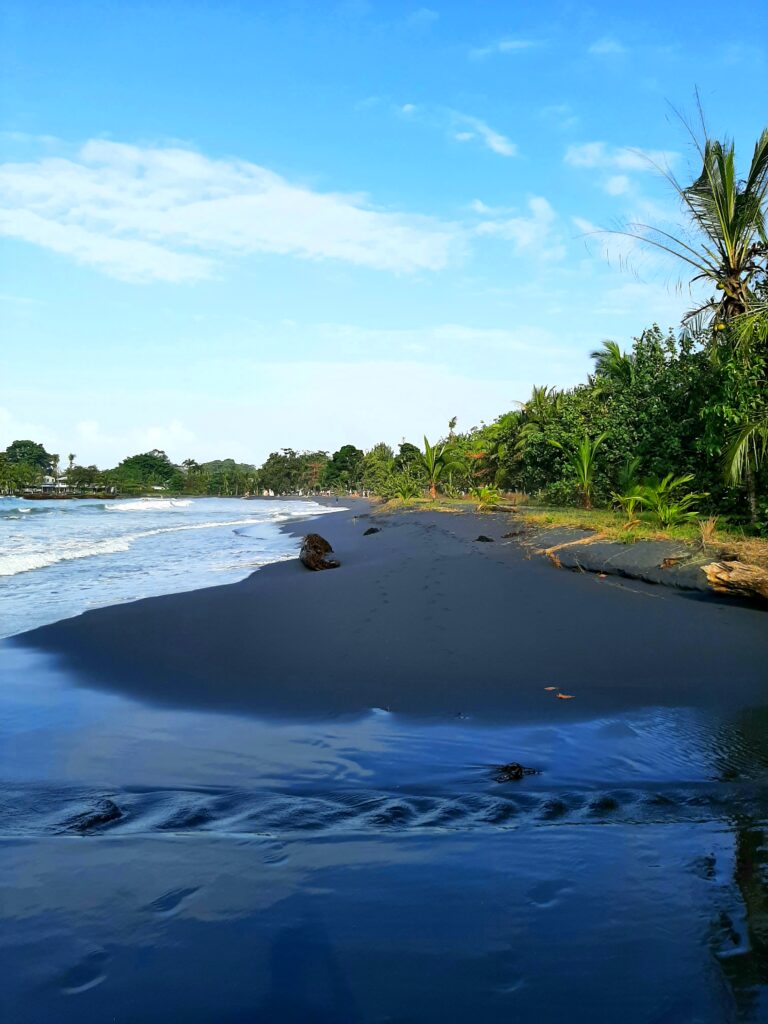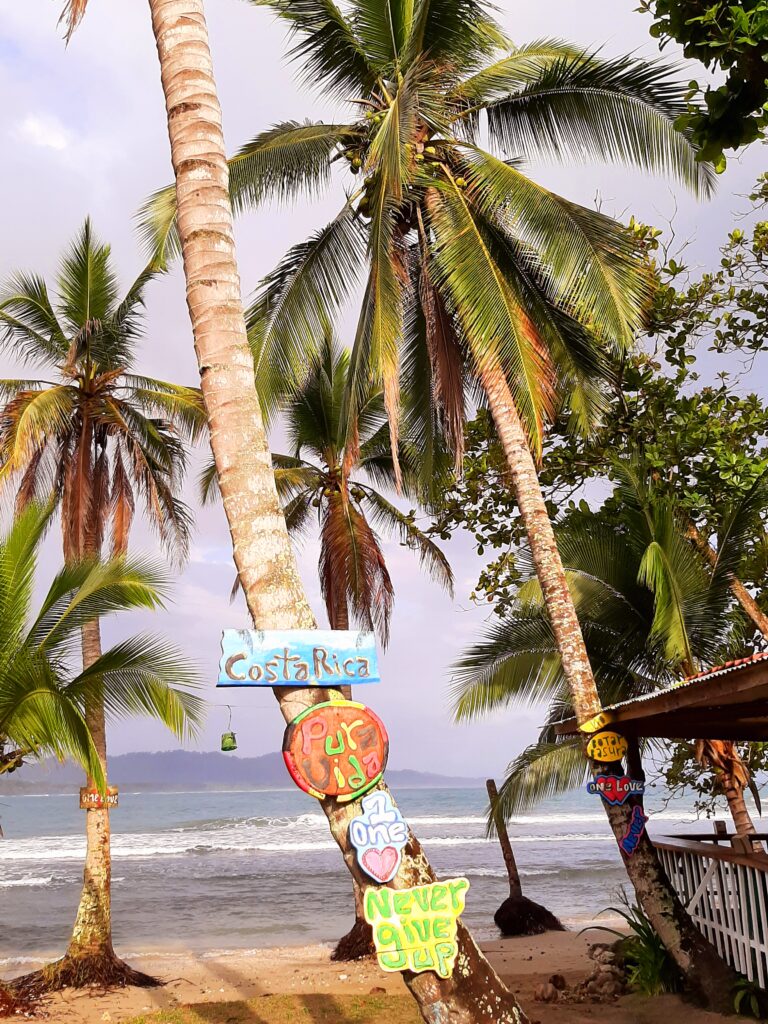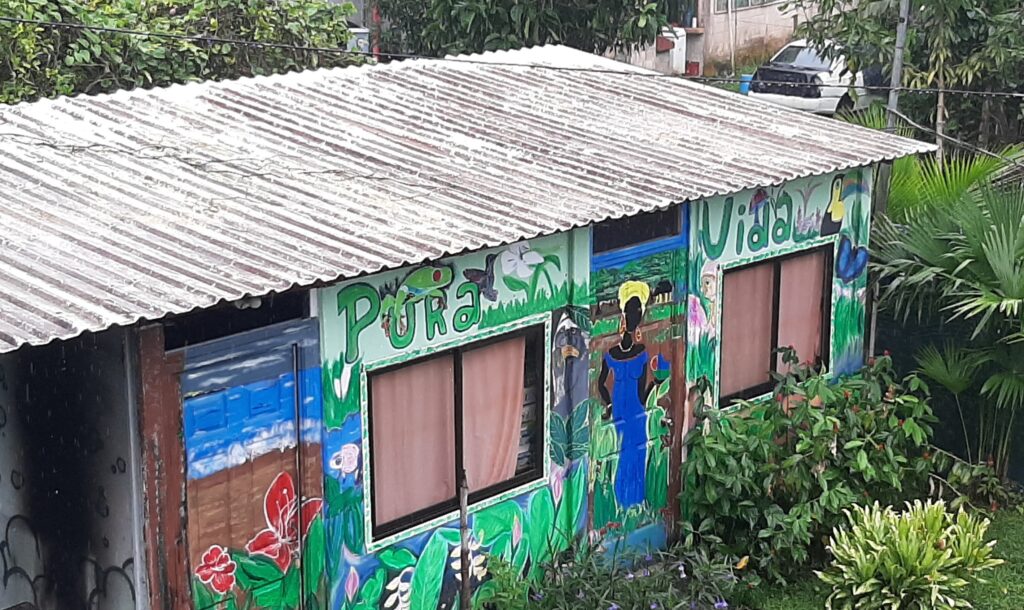Costa Rica (CR) was the second stop on my pre-pandemic trip throughout Central America, and before my journey started, it was probably the place I wanted to explore the most. Costa Rica is one of the most developed countries in the region and is widely renowned as one of the happiest places on earth. After visiting there, it is easy to see why. The people were extremely friendly, and the locals spoke the most English out of any of the countries I visited, which was a big plus for us, non-Spanish speakers. The flora and fauna found in the Costa Rican countryside are simply breathtaking. The beaches all over the country are stunning, and travel routes for novice travelers are quite easy to navigate.

Before going to CR, I was only planning on visiting San Jose and Jaco Beach. However, luckily, I was told by some people I met during my time in Panama that Puerto Viejo is a place I should not miss. Shockingly, before arriving in Costa Rica, I had never heard of the town, which was most aptly nicknamed “Little Jamaica.” I have spent a lot of time on the famous Caribbean island of Jamaica (JA), and I was surprised to find the many similarities in culture between the town and the nation that produced Bob Marley and Usain Bolt. The beef patty stalls, rice and peas served with plantains, bars blasting reggae music, and the picturesque beaches, were all eerily similar to the experiences I had during my times visiting Jamaica. After a few days in Puerto Viejo, I started to wonder why there was such a crossover between cultures.

After doing a little research, I found out that in the 1800s, the Costa Rican government wanted to build a railroad from the capital city San Jose to its main port in Limon to export coffee. Many local Costa Ricans, or Ticos, did not want anything to do with building the railroad in the treacherous conditions of the CR jungle, so the government had to get workers from other nations to complete the project. After having some issues due to getting laborers, they found many people from JA willing to come and help build the railroad. After the railroad was finished, many Jamaicans decided to stay and start fishing communities in the southern area of Limon, Puerto Viejo.

Over 130 years have passed since the end of construction for the railroad, and the remnants of the Jamaicans that migrated so long ago can still be felt. Patois, with a Spanish twang, was the aspect of Jamaican culture that threw me off the most. It was surreal to see all of the similarities between JA and Puerto Viejo and how a lot of the culture had maintained itself over the last century. After my five days there, it was easy to understand why the people of Jamaican ancestry in Costa Rica represents the biggest group of Jamaicans living outside of its English diaspora. My time spent there was life-changing, and I recommend the next time you visit Central America to stop in Puerto Viejo to experience a little piece of Jamaica with a Central American twist.

[…] country in Central America. I had already visited Puerto Viejo, as I discussed in my last post, Little Jamaica in Costa Rica…Puerto Viejo, and now wanted to explore another beach on the western side of the […]